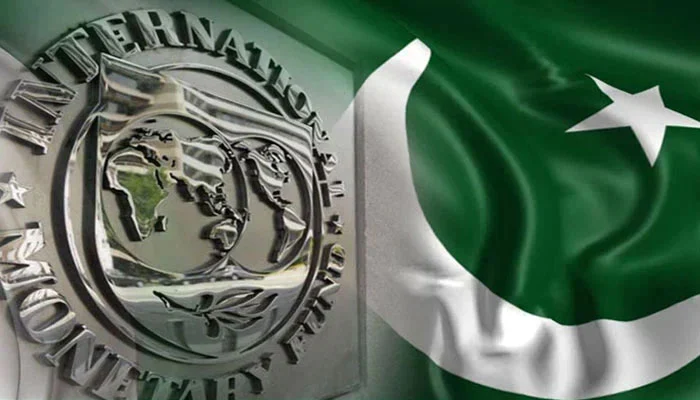Pakistan’s Debt Re-Profiling Plan
Pakistan is seeking to re-profile over $27 billion in debt and liabilities with China, Saudi Arabia, and the UAE to secure a 37-month IMF bailout package. The aim is to ease foreign exchange outflows in the energy sector and reduce consumer tariffs. Finance Minister Muhammad Aurangzeb announced that Pakistan has requested these friendly nations to extend the maturity of over $12 billion in annual debt by three to five years. This move is crucial for gaining IMF board approval for a $7 billion economic bailout expected next month.
Negotiations with China and Other Lenders
Pakistan is also asking China to convert coal-based projects to local coal and to re-profile over $15 billion in energy sector liabilities. This effort aims to create more fiscal space amid challenges with timely repayments. Pakistan has a financial arrangement with these three countries involving commercial loans and SAFE deposits that are rolled over annually and are integral to the IMF program’s external financing needs.
Debt Extension Request
The country has requested an extension of loan maturities: $5 billion from China, $4 billion from Saudi Arabia, and $3 billion from the UAE. This extension would provide greater financial stability under the IMF program. Aurangzeb noted that the Chinese government has recognized Pakistan’s foreign exchange difficulties and is willing to support new business ventures and energy sector debt re-profiling, while also supporting Pakistan’s case at the IMF board.
Debt and Equity Rescheduling
The process of rescheduling debt and equity is underway, involving working groups with financial institutions and project sponsors, including Chinese consultants. Aurangzeb emphasized that while the IMF has assessed financing needs for the next three years, the re-profiling of debt from friendly nations is expected to make the remaining external financing gap manageable.
No Additional Financing Requested
Aurangzeb clarified that Pakistan is not seeking additional financing, only an extension of the existing debt maturities. The energy sector repayments issue was initially addressed by Prime Minister Shehbaz Sharif with Chinese President Xi Jinping and followed up with formal requests to Prime Minister Li Keqiang.
Discussions on Energy Projects
The finance minister and other officials have held meetings with Chinese counterparts to discuss converting power projects to local coal and managing financial parameters. They are also reviewing each project individually to address debt re-profiling needs.
Focus on Structural Solutions
Aurangzeb stressed the importance of long-term structural solutions for Pakistan’s economic challenges. Despite high interest rates, energy costs, currency devaluation, and increased taxes causing difficulties, he emphasized the need for tough measures due to the loss of fiscal space.
Cooperation with the US and China
Pakistan is advancing cooperation with both the US and China. The second phase of the China-Pakistan Economic Corridor (CPEC) aims to attract Chinese businesses to Pakistan, while the US remains a major trading partner. Aurangzeb also explored opportunities in the Chinese capital market through Panda bonds during his visit to China.
Future Economic Outlook
Aurangzeb expressed hope that stability in foreign exchange and macroeconomic indicators would improve Pakistan’s credit rating and facilitate a return to export-led growth. He also plans to focus on restructuring five key ministries to enhance efficiency while protecting workers’ rights and asset values.


